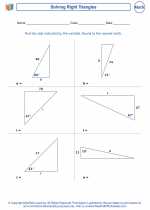Tetrahedron
A tetrahedron is a three-dimensional shape that consists of four triangular faces, six edges, and four vertices. Each triangular face of a tetrahedron shares a common edge with every other face. The edges of a tetrahedron are all of equal length, and the angles between any two faces are all the same.
The formula for the volume of a tetrahedron is given by:
V = (1/3) * A * h
Where V is the volume, A is the area of the base triangle, and h is the height of the tetrahedron from the base to the top vertex. The formula for the surface area of a tetrahedron is given by:
A = √3 * a^2
Where A is the surface area and a is the length of the edges.
Study Guide
- Understand the basic definition of a tetrahedron and its properties.
- Learn the formulas for calculating the volume and surface area of a tetrahedron.
- Practice using the formulas with different examples to calculate the volume and surface area of tetrahedra.
- Understand how to find the height of a tetrahedron and use it in the volume formula.
- Explore real-life examples and applications of tetrahedra in architecture, chemistry, and nature.
By mastering the concepts and formulas related to tetrahedra, you will be well-prepared to solve problems and understand the geometric properties of this fascinating shape.
.◂Math Worksheets and Study Guides Seventh Grade. The Pythagorean Theorem
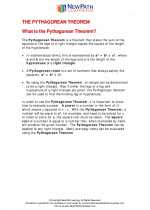
 Study Guide
Study Guide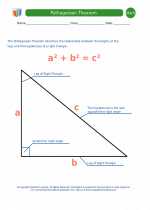
 Worksheet/Answer key
Worksheet/Answer key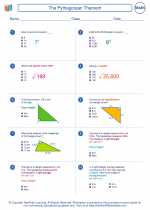
 Worksheet/Answer key
Worksheet/Answer key
 Worksheet/Answer key
Worksheet/Answer key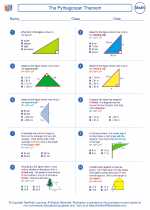
 Worksheet/Answer key
Worksheet/Answer key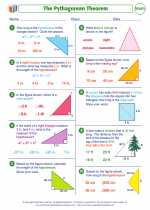
 Worksheet/Answer key
Worksheet/Answer key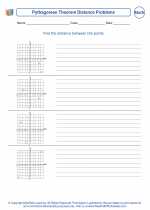
 Worksheet/Answer key
Worksheet/Answer key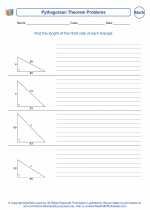
 Worksheet/Answer key
Worksheet/Answer key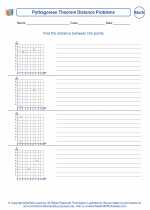
 Worksheet/Answer key
Worksheet/Answer key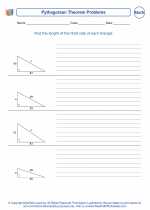
 Worksheet/Answer key
Worksheet/Answer key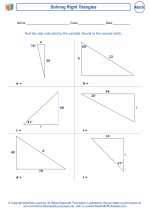
 Worksheet/Answer key
Worksheet/Answer key